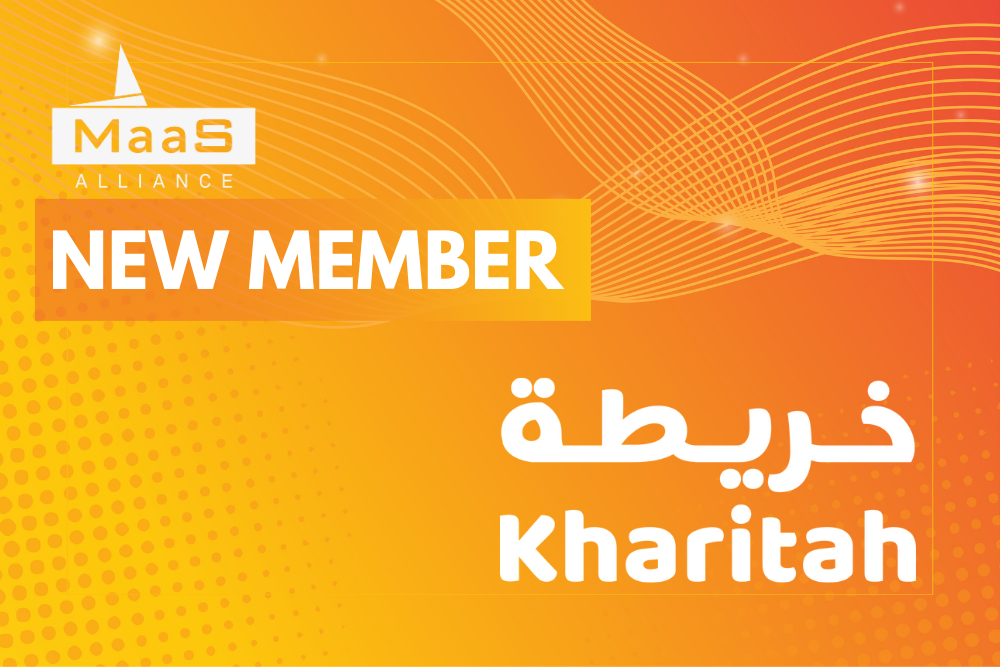Not everybody may have heard of the term ‘Mobility as a Service’ or MaaS, as it is referred to in the transport sector but if you’ve taken an Uber of late or even a regular taxi, there may be some familiarity with the basic concept.
However, MaaS involves a lot more than just app-based ridesharing. It represents a completely new way of thinking about mobility and transportation, closely aligned to the genesis of the modern-day smart city.
At its core, the idea is a relatively simple one. Rather than transportation services, as they are today, siloed off into separate funnels, MaaS seeks to more efficiently integrate them – saving the user time and money.
MaaS is a response to modern-day urban transport trends where multiple modalities such as train, rideshare and bicycle hire are often routinely combined by users to complete a single trip.
This new reality, the ethos of which foreshadows the advent of on-demand autonomous vehicles, requires a rapid and responsive app-based system for calculating trip chains, as they are referred to, and an equally efficient payment method.
This can come in the form of either a subscription or pay-as-you-go model, much like a cell phone contract and with the key advantage of bundling transport costs together, rather than paying separate operators.
The big opportunity for travelers with disabilities is that one of the core principles underpinning MaaS, that of customization and personalization based on user preferences and habits, creates an intuitive and obvious overlap with accessibility requirements.
Upholding the principles of universal design
Proponents of greater accessibility within transport and the built environment have long posited that accessibility remediations benefit the wider population, not just individuals with disabilities.
The classic example often seen is that of a ramp for wheelchair users also helping people carrying heavy luggage, those with pushchairs and strollers, or simply someone with a temporary injury.
The truth is that these shared benefits for disabled and non-disabled groups can be symbiotic and cut both ways.
The advantages of MaaS relate to these exact same accessibility principles of universal design but the secret sauce lies in the granularity of the choices MaaS places at the user’s fingertips.
Wheelchair routing is available where users can receive pertinent real-time information such as notifications on lift outages.
Those with ambulatory impairments might also choose a slower walking speed to manage transfers but such an option can also favor anyone simply seeking a more relaxed journey.
The confluence of conveniences borne out of MaaS cutting across different population segments is further elegantly illustrated by Sandra Witzel, CMO of SkedGo, a Mobility as a Service technology platform offering tailored MaaS solutions and white label services to governments, corporations and startups in over 500 cities globally.
Witzel, who herself suffers from rheumatoid arthritis, cites a couple of initiatives undertaken by the company, including a collaboration with Autism CRC, an Australia-based Autism advocacy group.
“In Australia, we have been able to incorporate data from Transport for New South Wales using sensors to detect the weight of train carriages so we know how crowded they are,” says Witzel.
“Autism CRC approached us and asked if we could help them pilot a journey planner that takes this data and use it to direct people on the autism spectrum to the less crowded carriages because many on the spectrum prefer to avoid crowded, busy situations,” she continues.
“And then, sometime later, Covid happens. Suddenly, this kind of data on crowded places becomes incredibly helpful for everyone.”
Addressing another personalization parameter SkedGo is currently working on, one which is timely in the wake of the murder of 33-year-old Sarah Everard in London in March of this year, Witzel says, “We’re currently doing a lot of work around safety routing.
“It’s a topic that has been front of mind lately with everything that’s been in the news and discussion about how travel can sometimes be very difficult for women.
“We want to ensure that if a woman is traveling alone at night, the app doesn’t send her down a really dark, dingy street because we have data to suggest that there is a safer route available,” says Witzel.
Such an option may also help other vulnerable population segments including travelers with disabilities.
Big business, big benefits
Other universal benefits of Maas include its environmental sustainability, the fact that competition amongst providers can reduce costs for consumers, and that, just like a cell phone contract, the service should be able to support geographical roaming.
This means that the same platform, payment options and user preferences can be applied to whichever city someone happens to be visiting at any given time.
In 2021, MaaS is certainly a lot more than just a noble thought leadership exercise in pursuit of more sustainable transportation solutions for the smart cities of the future.
The current operations of the likes of Mobileo in the U.K., TripGo in Australia and Whim in Finland are testament to that.
Major automobile manufacturers such as Toyota via its Kinto sub-brand are also jockeying for position within the MaaS market.
Meanwhile, operators like Lyft and Uber are looking to expand their mobility services with the latter acquiring bike-share company Jump in 2018 and announcing a partnership with Masabi, a global leader in ticketing on public transit, in the same year.
Pedro Pacheco, a Senior Research Director in Gartner’s CIO Research Group specializing in the automotive industry confirmed in an email that the “MaaS market is expected to reach more than $372 billion by 2026, up from just $42 billion in 2018.”
As for the short to medium-term forecast, Witzel is already seeing the green shoots of recovery in the wake of the Covid-19 pandemic.
“Covid forced everybody back into their cars for a while,” says Witzel.
“But we are now seeing a resurgence because governments want to incentivize people back on to public transport again. Our sales pipeline was very quiet during the pandemic but now, it’s exploding.”
That said, reliance on private car ownership is not likely to disappear overnight. Like its corollary technology, autonomous vehicles, Maas is likely to be a quiet revolution for users that gains momentum over time.
Often the slow and steady road ahead, rather than the jolt of the sharp short-cut, results in the most long-term and sustainable accessibility outcomes, so opting for such a speed for this particular journey should certainly be no bad thing.
This article was first published on Forbes.



